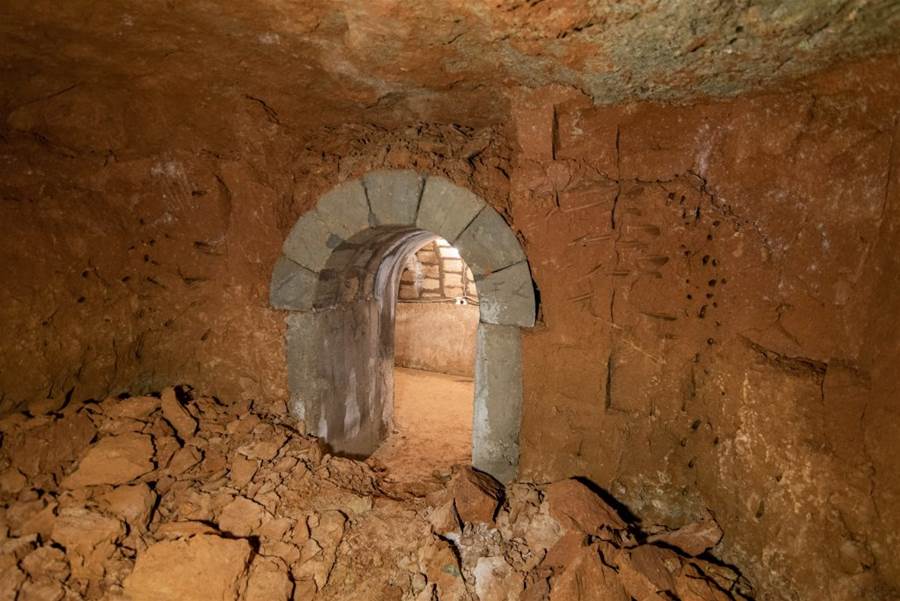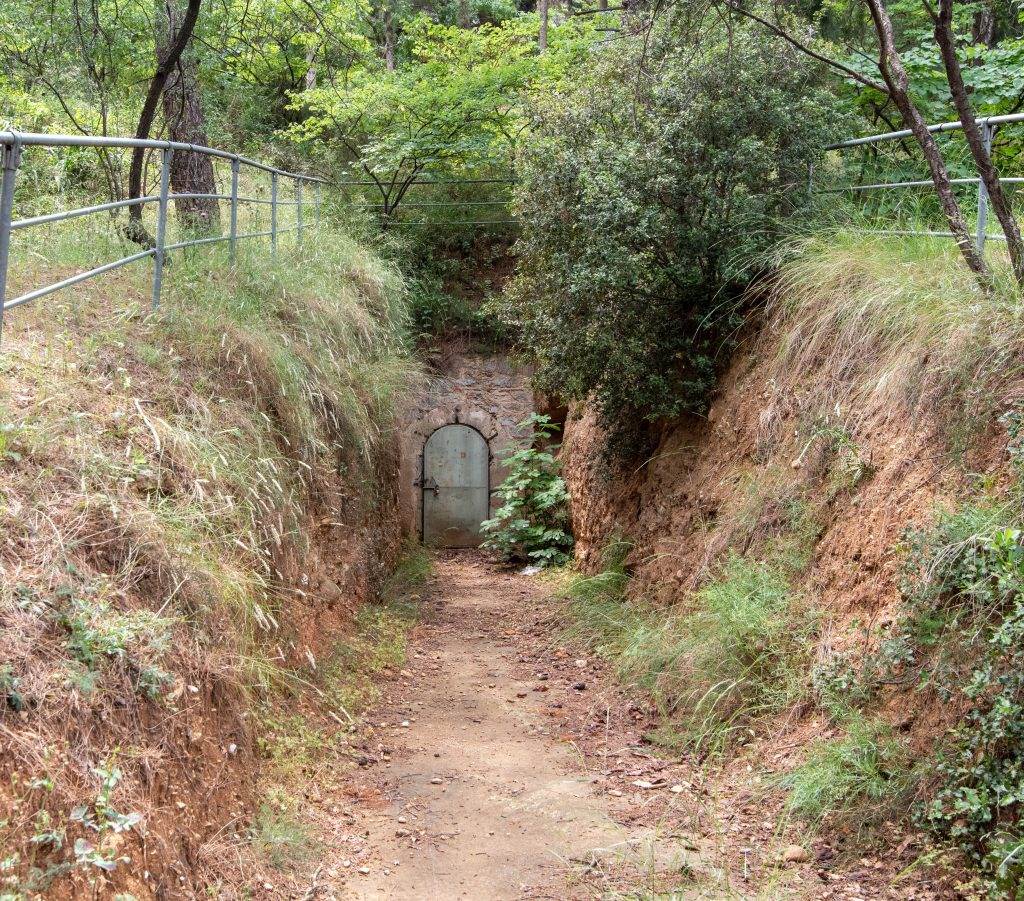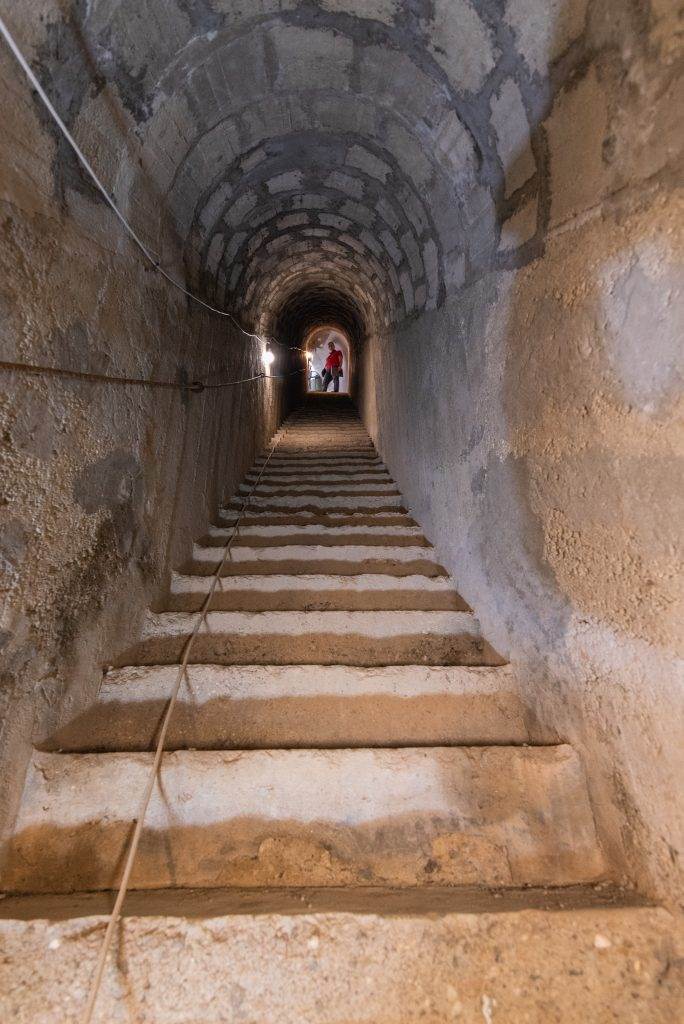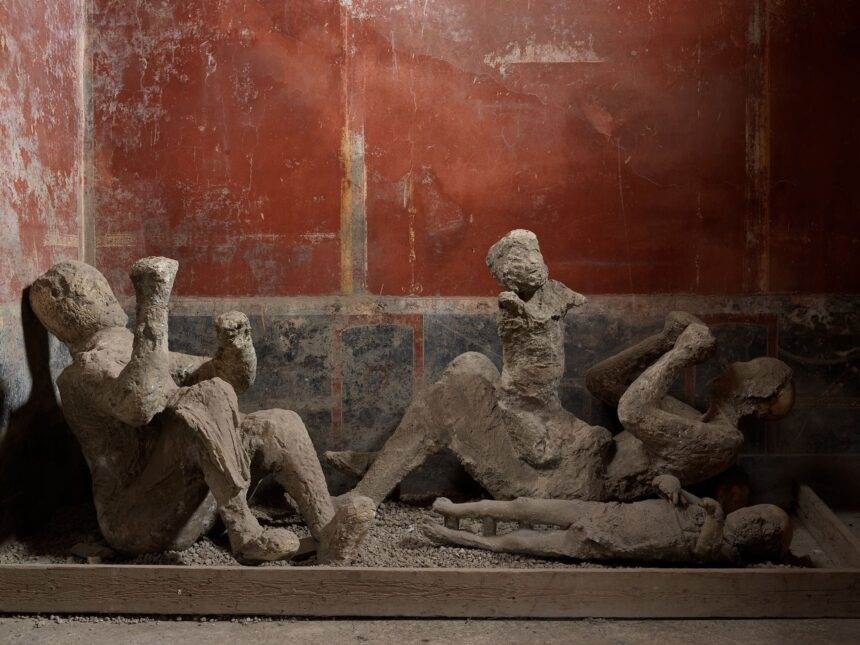
Unearthing the Forgotten WW2 Bunkers of Anatolia College in Greece: A Hidden Underworld
Deep beneath the tranquil grounds of Anatolia College in Thessaloniki, Greece, lies a fascinating piece of forgotten World War II history: two well-preserved German bunkers.
Constructed by the German occupation forces during the 1941-1944 occupation of Greece, these bunkers were built to protect Nazi personnel from aerial bombings while they used the college as a regional headquarters for their Balkan operations.
These bunkers, though over 80 years old, remain largely intact. The first bunker is a smaller structure, about 10 meters long, with two rooms on one side. Despite its modest size, it holds significant historical value.
Visitors are greeted by a 434P01 armored door—an impressive remnant from the war era, weighing approximately 640 kilos. This type of double-panel door could open in two parts, allowing escape even if debris blocked the lower panel.

The second bunker, however, is the true spectacle. Spanning nearly 100 meters, this structure is a typical “Hohlganganlage,” or “cave bunker,” with multiple galleries and rooms.
Its stone-and-cement construction has stood the test of time, and it remains a striking reminder of the intricate fortifications designed to withstand intense bombardment.
What makes these bunkers particularly unique is the fact that many of their original features remain intact. From the armored doors to the metal-reinforced ceilings, the design elements show how seriously the Germans took the possibility of Allied air attacks.
While many bunkers across Greece have been lost or deteriorated over the years, the preservation of these two at Anatolia College offers a rare glimpse into the wartime strategies and defensive measures employed by the German military.
In recent years, Anatolia College and the German Consulate have begun to embrace the historical significance of these bunkers. A 2019 event titled “Filling the Void: Examining and Transferring History to a New Generation” highlighted plans to turn these bunkers into an interactive museum.
The goal is to create a space where future generations can learn about the German occupation of Greece during World War II, not through textbooks, but by walking through the very halls where history was made.

Visitors would be able to explore the cross-sections of the bunkers, learning about their construction and the soldiers who sought refuge within their walls. The hope is that these bunkers, once symbols of conflict, will become educational “vehicles,” teaching about a dark chapter in Thessaloniki’s history.
While restoration efforts continue, the future of these bunkers seems bright. With plans to open them to the public as an educational museum, they may soon serve as a testament to the resilience of Thessaloniki during World War II and a window into the military strategies of the occupying forces. As more details about the structure and historical significance emerge, it's clear these bunkers are more than just forgotten remnants—they are essential pieces of the puzzle that form Greece’s WWII history.
Would you be interested in visiting these bunkers? Let us know what you think about turning such wartime relics into modern historical experiences!



















